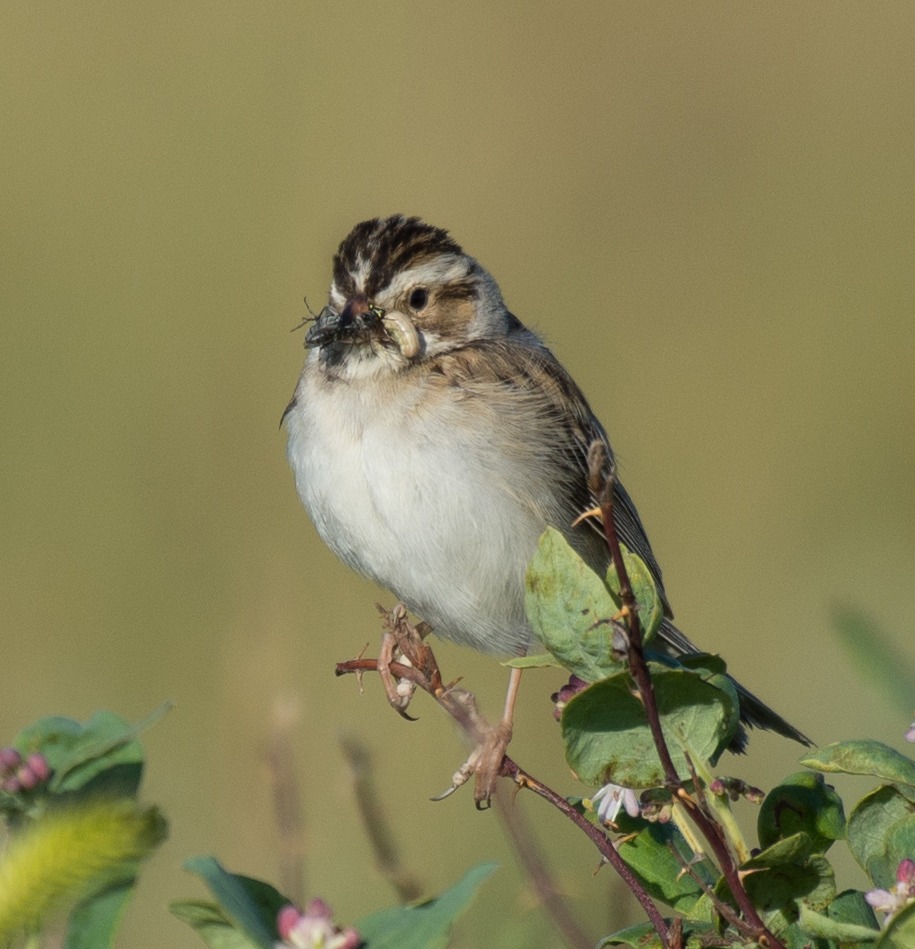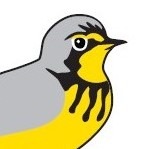Project NestWatch is a long-term monitoring program of breeding birds and nesting activity in Canada. Data gathered through this project provide valuable information on the health of bird populations and changes in the environment.
Thousands of scientists and Citizen Science volunteers from across the country monitor, record and submit nest observations each year. These efforts contribute important information for understanding, research and conservation of wild birds and their habitats. Using Project NestWatch data, we can:
-
- Document distributions of breeding birds in Canada.
- Monitor bird health and changes to breeding populations.
- Evaluate impacts of changes in the landscape and long-term climate patterns.
- Better understand the timing of nesting across Canada.

Clay-colored Sparrow Photo: Dave Messmer
To participate in Project NestWatch, see steps and resources below:
1. Register
New to Project NestWatch? Please register with Nature Counts
3. Search
Look for nests around your home, school, cottage, or elsewhere
Download Datasheet
2. Learn
Review the Project NestWatch Code of Conduct
4. Monitor
Observe nesting activity every 3-5 days
Download Status and Outcome Code Sheet
5. Submit
Submit your data to NatureCounts and contribute to Canada’s national records database
For information, please contact: projectnestwatch@birdscanada.org
Project NestWatch is a Birds Canada program, in collaboration with Environment Canada, and Provincial and Regional Nest Record Schemes.



